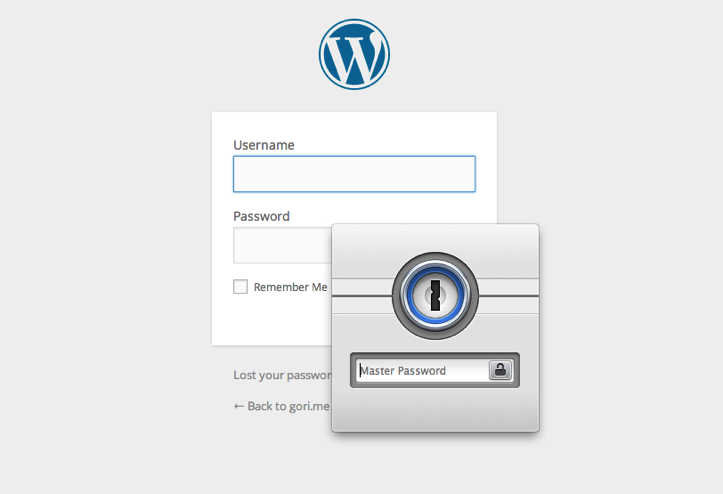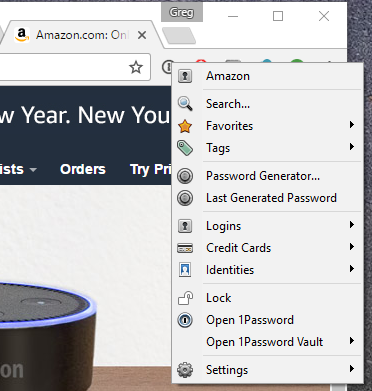

It also has browser extensions that allow you to automatically fill out passwords in your browser. 1PasswordġPassword enables you to sync your passwords across all of your devices using the same password vault. For now I am focusing on 1Password, perhaps the most user-friendly password manager recommended by specialists. I wrote a guide on Bitwarden for beginners, as well as KeePassXC for beginners. How is this possible? You use just one password to unlock your secure password “vault.” From your vault, you can quickly fill out login forms on all of your devices.Ī few password managers are usually recommended by security specialists, including Bitwarden, KeePassXC, and 1Password. Password managers make it easy to remember a single password, and still have long, unique passwords on all of your accounts. But it can be a challenge to remember each password. To minimize the damage from a breach, you should use unique passwords on each account. Imagine if an attacker used your single, easy-to-remember password to access your health care records, your home address, credit card numbers, or your social security number. The number of massive data breaches keeps growing by the day. If you use the same password everywhere, a hacker only needs to get your password once in order to break into many of your online accounts. It’s hard to remember them, so everyone uses the same password for all of their accounts. I don’t think I need to convince anyone that passwords are annoying. Why it’s a good idea to use unique passwords It’s an easy way to make browsing the web easier, faster, and more secure. As a bonus, we’ll show how password managers can also help you save time when filling out login screens and online forms. This guide will introduce you to using 1Password to create strong, unique passwords. To get going, we will need to first enable Touch ID to work with 1Password on macOS.Passwords are often the only thing standing between a hacker and your online accounts. Long story short, make sure you have checked off the compatibility box.

And if it is 1.15.x, you are using the 1Password X, which doesn’t work with the fingerprint sensor. It’s worth noting that the extension should be 4.7.x version, if you are using the required desktop app for macOS. Therefore, make sure to use the standard extension if you want to use the fingerprint sensor. To be more precise, unlocking one will unlock the other, ensuring that you don’t have to take the pain of repeating the same action.īear in mind that 1Password X is not compatible with Touch ID.

Thus, once you have set up the password manager to unlock using the fingerprint sensor, the browser extension and the main app will unlock simultaneously. So, how do you set up the 1Password Chrome extension with Touch ID? Well, both the 1Password app for Mac and its Chrome extension work in sync.


 0 kommentar(er)
0 kommentar(er)
